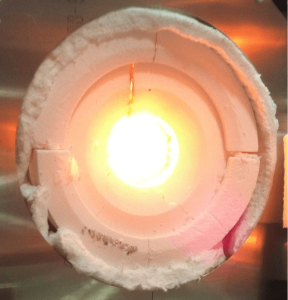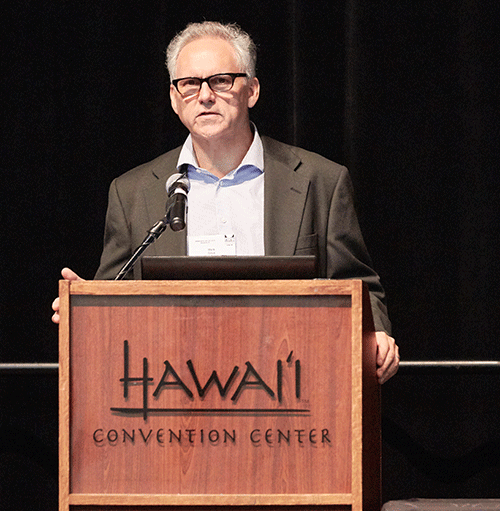
Mark Glick speaking at the 6th International ECS Electrochemical Energy Summit.
Global investments in renewable energy have continued to grow over the past five years, exceeding $329 billion in 2015. As technological solutions that drive down costs continue to emerge, more countries are adopting standards to encourage the growth of renewable energy. In the United States, Hawaii is looking to set the standard in clean, sustainable energy for the entire country.
During the October PRiME 2016 meeting in Honolulu, HI, policy makers and researchers from around the world came together for the 6th International ECS Electrochimical Energy Summit, focused on Recent Progress in Renewable Energy Generation, Distribution, and Storage.
“For us, it’s important that we continue to bring the opinion leaders as well as the leading scientists and researchers to Hawaii because we believe that we’re the center of a lot of important activity,” Mark Glick, summit moderator and Hawaii State Energy Office Administrator, tells ECS. “There’s nothing more exciting to demonstrate relevancy than to have the leading scientists in the world in the largest research conference of its kind come to Hawaii.”
One hundred percent renewable standard
Since 2008, Hawaii has been on the cutting-edge of the renewable energy industry in the United States. As oil prices rocketed from $74.44 to $102 a barrel (inflation adjusted), the state found itself in a unique position to commit to greater utilization of renewable energy sources.
“After the oil price shock, we decided we needed to change our course,” Glick says. “So we set forth a renewable portfolio standard. At that time, we aimed for 40 percent renewable energy by 2030. Since then, we’ve been so successful at getting ahead of the curve on that renewable portfolio standard.”
(more…)
 Researchers have proposed three different methods for providing consistent power in 139 countries using 100 percent renewable energy.
Researchers have proposed three different methods for providing consistent power in 139 countries using 100 percent renewable energy.

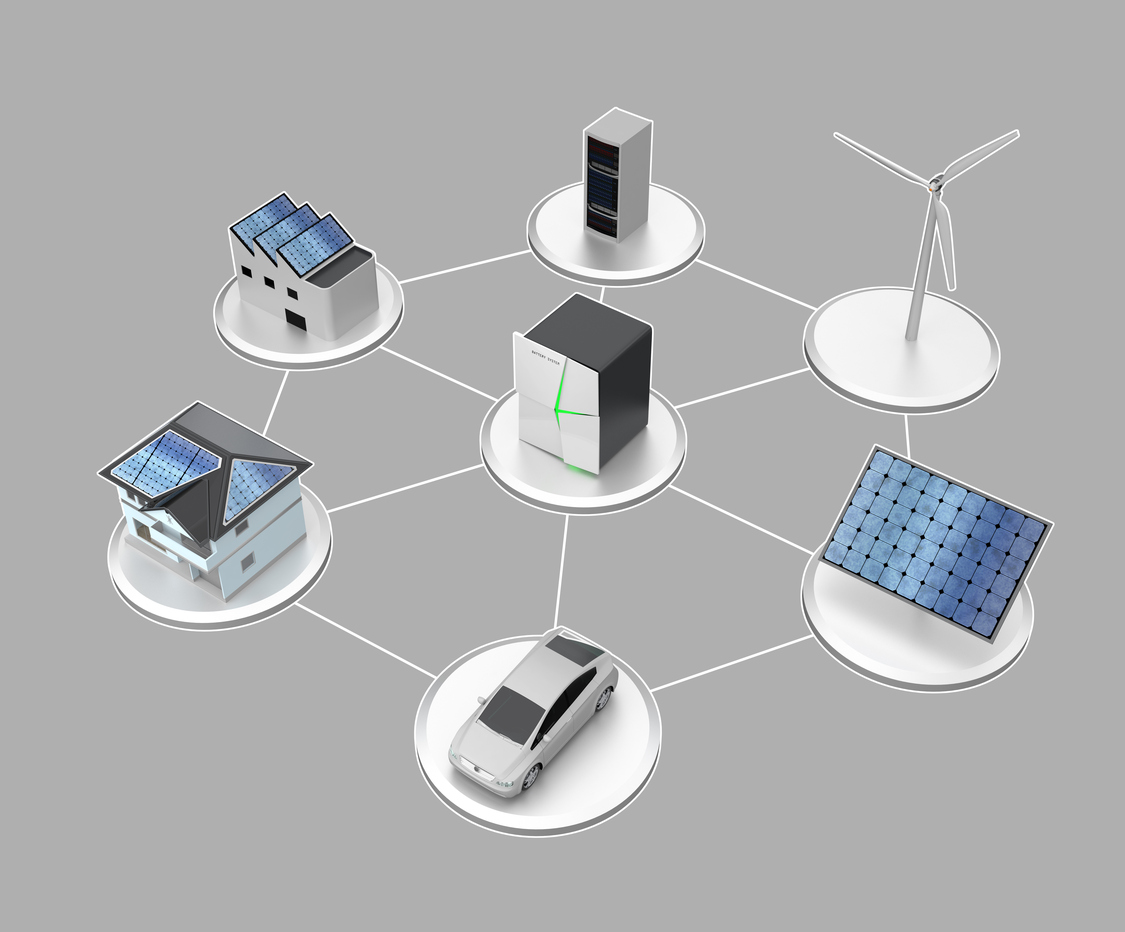 Researchers from Oregon State university have developed the first battery that uses only hydronium ions as the charge carrier, which the team believes could yield promising results for the future of sustainable energy storage.
Researchers from Oregon State university have developed the first battery that uses only hydronium ions as the charge carrier, which the team believes could yield promising results for the future of sustainable energy storage. Google is going green.
Google is going green.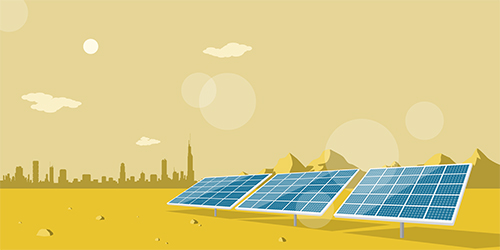 Global energy demands are predicted to reach 46 terawatts by 2100. That number is a far reach from the 18 terawatts of energy currently generated around the world. According to one expert in the field, a major shift in the way we produce and consume energy is necessary in order to meet future demands.
Global energy demands are predicted to reach 46 terawatts by 2100. That number is a far reach from the 18 terawatts of energy currently generated around the world. According to one expert in the field, a major shift in the way we produce and consume energy is necessary in order to meet future demands.
 New research shows another step forward in the goal of developing energy storage systems robust enough to store such intermittent sources as wind and solar on a large-scale.
New research shows another step forward in the goal of developing energy storage systems robust enough to store such intermittent sources as wind and solar on a large-scale.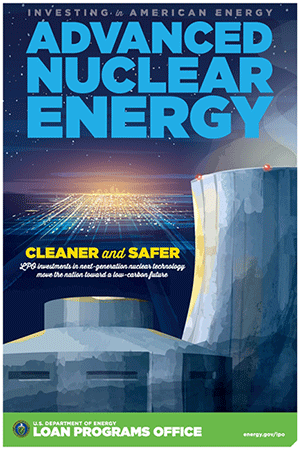 The U.S. Department of Energy recently released a new series of posters illuminating a new generation of sustainable energy and green jobs. The series is reminiscent of the famous imagery created for the Works Progress Administration, only this time, the images depict a renewable energy revolution.
The U.S. Department of Energy recently released a new series of posters illuminating a new generation of sustainable energy and green jobs. The series is reminiscent of the famous imagery created for the Works Progress Administration, only this time, the images depict a renewable energy revolution.